It has been a rough ride for the global luxury brands in these days of the Corona pandemic that continues to cripple the economy world wide. All plans and projections are in disarray, with the enforced lock-downs, key annual events and fairs cancelled, disrupted supply, unsold stock, buyers missing. In this unprecedented and unforeseeable scenario, where the pandemic continues unabated with no end in sight, the way forward for the luxury retailers is unclear. All the established mores are not applicable anymore. The fog of confusion is thick and the way forward not clear. It is only the seasoned experts, who truly understand the essence of luxury retail and branding, that will show the way forward. Neelima Agrawal of The Luxury Chronicle sought out the leading brand consultant, Francois Arpels, who obliged us with an insight into the way-forward.
June, 2020
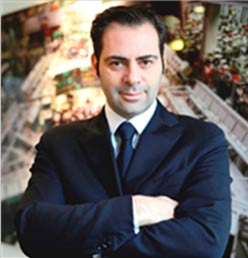
Francois Arpels is a heavy weight in his league, successfully guiding European and Asian brands. He is the erstwhile heir to French jeweler Van Cleef & Arpels, where he was actively involved in the business as shareholder and member of the Executive Committee before it was acquired by Richemont Group. He is the Chairman of the Indo-French Chamber of Commerce and Industry Retail Committee, second year running. His deep understanding of the dynamics of brand building has enabled him in creating, devising and executing innovative strategies, which have helped the local and international development of European lifestyle and luxury brands since 2002 with a progressive focus on South East Asia. He chose to relocate to New Delhi in 2015 where he has been mostly supporting “Made in India” brands, from beauty, to accessories, to gourmet F&B, to fine jewelry.
A very busy man that he is, we were fortunate to have his attention in these slower days. He has freely shared his wisdom for the readers of The Luxury Chronicle.
Luxury retail in India is still limited to physical stores in the key metros in India. In the absence of a suitable alternative, what do you foresee?
The experience of personal luxury goods in India, as it is known abroad, is indeed still very much limited to physical retail channels, with stores representing a large proportion of sales; the balance represented by single or multi-brand trunk shows and events.
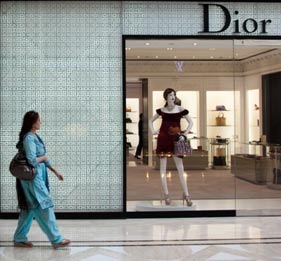
While the past weeks have seen a spectacular acceleration of E-commerce, transactions of personal luxury goods on E-shops have not yet reached any significiant levels in India, except for beauty products that generally are at the entry level of luxury.
With the exception of China, the same holds true internationally although the average purchase price is higher than in India.
So what should brands selling personal luxury goods in India be thinking about when social distancing is becoming the new normal?
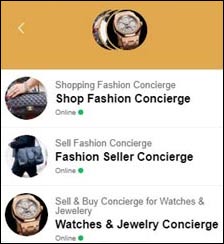
At a time when entering a store might generate more anguish than pleasure, and digital channels are not yet strong direct contributors to sales, personal luxury goods brands should accelerate the implementation of omni-channel strategies, adapted to their physical stores, providing customers with an improved integrated shopping experience taking into account constraints provoked by the Covid-19.
Initiatives should include by-appointment private viewings at the store, by-appointment customised digital visits of the collections displayed at the store, browsing E-shops guided by sales representatives at stores, contact less payment, and curbside pick up.
In this context, it is also imperative to elaborate new customer ceremonies and train sales representatives accordingly in order to offer the superior customer experience expected from personal luxury goods brands.
Most brands relied on exclusive events and new product launches at stores located in luxury malls like the DLF Emporio, to position their brands. In the absence of this, how will these brands provide the premium valuable experience to their customer?
Brands that had been relying on exclusive events at their stores as a way to generate customer loyalty must transition to the creation of engaging on-line live events relying, for example, on Instagram Live Sessions and Instagram take-overs.

Exclusive virtual tours ahead of the introduction of a new collection, virtual trunk shows broadcasted live on digital channels such as You Tube, and digital virtual showrooms enabling the order of designs remotely, could offer a unique experience to customers supported by personalised direct interactions with sales representatives.
Virtual events can very well create a feeling of belongingness to a special circle where customers can feel important, looked after, stay loyal and be rewarded for it.
Do you think a new branding strategy needs to be adopted in the face of changed circumstance?
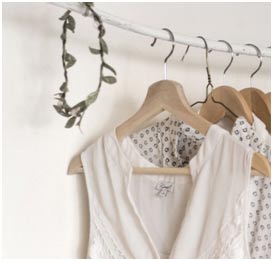
The crisis has accelerated customer awareness and demands for more sustainability and social responsibilty from the brands they associate with.
In this context, it has become essential for brands to communicate tangible elements about sustainability and social responsibility objectives, performance and ambitions.
In addition, branding strategies of personal luxury goods should convey more authenticity. Brands should rely on local roots and stories, unique craftsmanships, artisanal qualities, and extreme creativity.
Given the emotional impact, reduced socialising etc, what are the changes that you foresee in how people will buy?
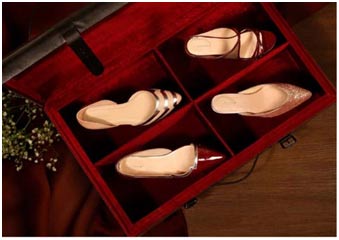
I foresee four trends on the back of Covid-19, in how consumers will buy personal luxury goods.
– An increase in digital channels purchasing, which has already unfolded in the past weeks.
– Less volume but more quality. In other words, purchases with more dicernement, as a result of reduced socialising.
– The development of unpolluted and sanitised in-store environments.
– Lastly, and perhaps, more importantly, is the emergence of “silentluxury” or, in other words, discreet luxury.As people around the world are healing from the emotional toll provoked by the pandemic, a shift in consumer values, toward stransparency, sustainability and authenticity is expected. But isn’t this true luxury ?
What is the digital strategy for luxury brands, to engage with their premium clients, to stand out and compensate for the lavish in-store experience?
What needs to be taken into consideration is the current global situation of retail and e-commerce. Almost the whole world has been on a lockdown for several weeks, this has carried on several consequences : closure of a huge amount of retail outlets, extremely high concentration of brands and messages online, and lots of interaction on social media, via live events, and engagement via influencers.
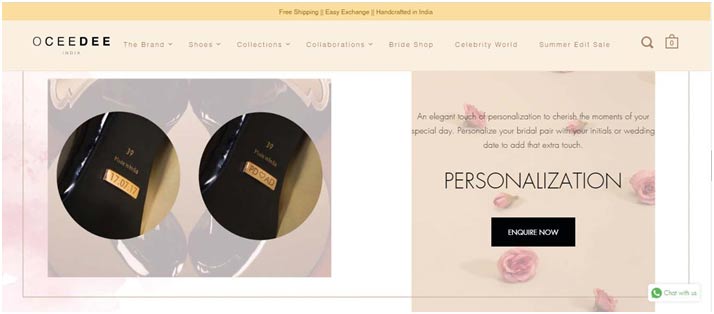
As a result, a strategy associating on-line personalised offers, cross digital platform communication, engagements with influencers, and innovations relying on technology, will play a fundamental role to compensate for the in-store experience
On-line personalised offers should rely on an intimate knowledge and understanding of each customer, individually. For this, the analysis of data is key to devise on-line personalised offers or to even pre-empt customers’ requests thanks to the use of AI.
As cross digital platform communication is moving to a one-to-a-few and often a one-to-one channel, relevant and meaningful content such as strong insights, social conversations, audience zeitgeist moments, and letting the consumer and influencer be part of the process are paramount.
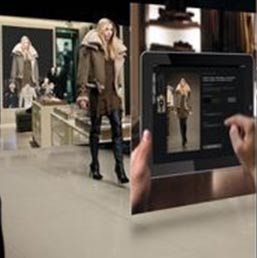
Influencers have gained more and more visibility and power in this period. As a result, the proper support and engagement from influencers in coherence with the audience targeted by each brand is becoming even more critical.
Lastly, innovations such as Virtual Reality and Augmented Reality will contribute to creating a superior experience, letting customers interact with products they can’t even touch in reality.
Do you think the time is ripe for the Indigenous luxury brands to claim center spot?
Yes, I believe indie brands resonate very well with consumers’ shifting behaviour towards more authenticity, sincerity, transparency and discretion.
Compared to leading luxury brands, indie brands must rely on more limited resources resulting in smaller production, often design driven and artisanal, giving their brand a more exclusive, coveted quality, which is essential in the luxury industry.
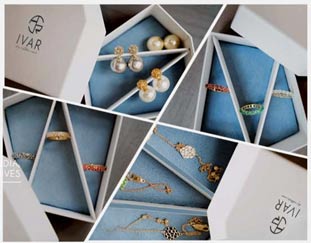
Furtermore, indie brands will be able to capitalise even further on their innovative uses of digital platforms, content marketing and social media to reach their audience given the increasingly strategic role represented by on-line channels on the back of the pandemic.
Lastly, indie brands are often seen affectionately as underdogs which appeals to consumers seeking an alternative to the global luxury brands.
How different is the luxury retail scenario in India as compared to in other countries like China, Dubai etc?
The personal luxury goods industry, as it is known in China and Dubai, is still in its infancy in India. In addition to the complexities of the country, the middle class, essential for luxury brands to scale, is still narrow, and the ecosystem lacks the level of professionalism expected in the industry.
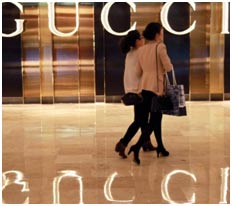 As the retail of personal luxury goods in India will pick up, digital channels will contribute to its development with certain categories leading the way such as beauty products that offer a taste of the industry to the growing middle class.
As the retail of personal luxury goods in India will pick up, digital channels will contribute to its development with certain categories leading the way such as beauty products that offer a taste of the industry to the growing middle class.
